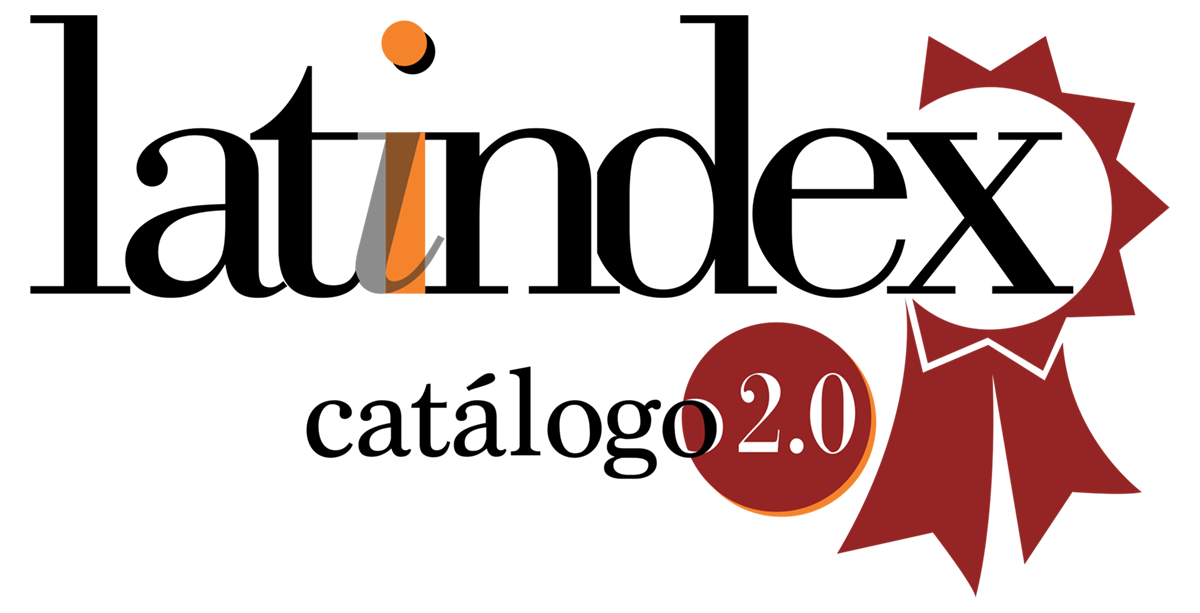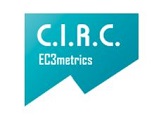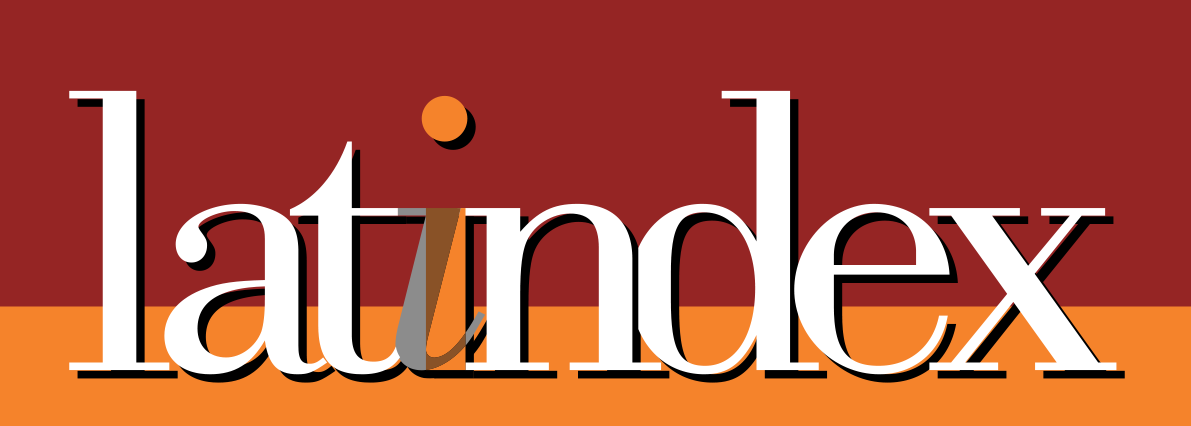Desarrollo embrionario teleológico como evidencia de la primera premisa de la quinta vía
DOI:
https://doi.org/10.53439/stdfyt55.28.2025.103-132Palabras clave:
azar, evolución, desarrollo embrionario, teleología, quinta víaResumen
La síntesis moderna propone que la evolución es un proceso azaroso, sin direccionalidad ni finalidad. Afirmación que estaría en conflicto con la propuesta teleológica de la quinta vía de santo Tomás de Aquino, quien en su primera premisa plantea la existencia de cuerpos naturales que obran por un fin. En este trabajo se discuten argumentos teóricos, conceptuales y en especial evidencias empíricas, para mostrar que los procesos de morfogénesis que ocurren durante el desarrollo embrionario sí tienen direccionalidad y finalidad. En base a eso se defiende una teleología de carácter científico, para dar sustento, al menos mínimo, a la validez empírica de la primera premisa de la quinta vía.
Descargas
Citas
Allen, C. & Neal, J. (2020). Teleological Notions in Biology. In E. N. Zalta (Ed.), The Stanford Encyclopedia of Philosophy (Spring 2020 ed.). https://plato.stanford.edu/archives/spr2020/entries/teleology-biology/
Artigas, M. (2008). Filosofía de la naturaleza. EUNSA.
Babcock, G. & McShea, D.W. (2021). An externalist teleology. Synthese, 199, 8755-8780. https://doi.org/10.1007/s11229-021-03181-w
Babcock, G. & McShea, D.W. (2023). Goal-directedness and the Field Concept. Philosophy of Science 91(5), 1435-1444. https://doi.org/10.1017/psa.2023.121
Darwin, C. (2008). El origen de las especies. Espasa Calpe.
de Asúa, M. (2015). La evolución de la vida en la tierra. Ediciones Logos.
Diéguez, A. (2012). La vida bajo escrutinio. Biblioteca Buridá.
Dresow, M. & Love, A.C. (2023). Teleonomy: Revisiting a Proposed Conceptual Replacement for Teleology. Biological Theory, 18(2), 101-113. https://doi.org/10.1007/s13752-022-00424-y
Driesch, H. (1908). The Science and Philosophy of the Organism. A. & C. Black.
Feser, E. (2020). Aquinas. One World Publications.
Friston, K., Levin, M., Sengupta, B. & Pezzulo, G. (2015). Knowing One’s Place: A Free-energy Approach to Pattern Regulation. J. R. Soc. Interface, 12, 20141383. https://doi.org/10.1098/rsif.2014.1383
Futuyma, D.G. & Kirkpatrick, M. (2017). Evolution (4th. ed.). Sinauer Associates.
Godfrey-Smith, P. (2022). Filosofía de la Biología. Bauplan Books.
Gould, S. J. (1999). La vida maravillosa. Editorial Crítica.
Heylighen, F. (2023). The Meaning and Origin of Goal-directedness: a Dynamical System Perspective. Biological Journal of the Linnean Society, 139(4), 370-387. https://doi.org/10.1093/biolinnean/blac060
Huxley, J. S. & De Beer, G.R. (1934). The Elements of Experimental Embryology. Cambridge University Press.
Kampourakis, K. (2020). Understanding Evolution. Cambridge University Press.
Lee, J. G. & McShea, D.W. (2020). Operationalizing Goal Directedness: an Empirical Route to Advancing a Philosophical Discussion. Philos. Theor. Pract. Biol., 12(5). https://doi.org/10.3998/ptpbio.16039257.0012.005
Levin, M. (2012). Morphogenetic Fields in Embryogenesis, Regeneration, and Cancer: Non-local Control of Complex Patterning. BioSystems, 109(3), 243-261. https://doi.org/10.1016/j.biosystems.2012.04.005
Levin, M. (2021). Bioelectric Signaling: Reprogrammable Circuits Underlying Embryogenesis, Regeneration, and Cancer. Cell, 184(8), 1971-1989. https://doi.org/10.1016/j.cell.2021.02.034
Maienschein, J. (1994). A Conceptual History of Modern Embryology. John Hopkins University Press.
McShea, D.W. (2012). Upper-directed Systems: A New Approach to Teleology in Biology. Biol. Philos., 27, 663-684. https://doi.org/10.1007/s10539-012-9326-2
Monod, J. (1981). El azar y la necesidad (original publicado en 1970). Tusquets Editores.
Newman, S. A. (2019). Inherency of Form and Function in Animal Development and Evolution. Frontiers in Physiology, 10, 702. https://doi.org/10.3389/fphys.2019.00702
Newman, S. A. (2022). Self-organization in Embryonic Development: Myth and Reality. In A. Dambricourt Malassé (Ed.), Self-organization as a New Paradigm in Evolutionary Biology. (pp. 195-222). Springer.
Newman, S. A. (2023). Form, Function, Agency: Sources of Natural Purpose in Animal Evolution. In P. A. Corning, S. A. Kauffman, D. Noble, J. A. Shapiro, R. I. Vane-Wright, & A. Pross (Eds.), Evolution “On purpose”, Teleonomy in Living Systems (pp. 199-219). MIT Press.
Pai, V. P., Lemire, J. M., Paré, J. F., Lin, G., Chen, Y. & Levin, M. (2015). Endogenous Gradients of Resting Potential Instructively Pattern Embryonic Neural Tissue Via Notch Signaling and Regulation of Proliferation. Journal of Neuroscience, 35(10), 4366-4385. https://doi.org/10.1523/JNEUROSCI.1877-14.2015
Pai, V.P., Pietak, A., Willocq, V., Ye, B., Shi, N.Q. & Levin, M. (2018). HCN2 Rescues Brain Defects by Enforcing Endogenous Voltage Pre-patterns. Nature Communications, 9, 998. https://doi.org/10.1038/s41467-018-03334-5
Pezzulo, G. & Levin, M. (2016). Top-down Models in Biology: Explanation and Control of Complex Living Systems above Molecular Level. J. R. Soc. Interface, 13, 20160555. https://doi.org/10.1098/rsif.2016.0555
Ramsey, G. & Pence, C.H. (2016). Chance in Evolution from Darwin to Contemporary Biology. In G. Ramsey & C. H. Pence (Eds.), Chance in evolution (pp. 1-11). The University of Chicago Press.
Ruse, M. (1989). Teleology in Biology: is it a Cause of Concern. Trends Ecol. Evol., 4(2), 51-54. https://doi.org/10.1016/0169-5347(89)90143-2
Steinberg, M.S. (1998). Goal-directedness in Embryonic Development. Integrative Biology, 1, 49-59.
Tomás de Aquino. (2001). Suma Teológica (Damián Byrne, O.P., pres.). Biblioteca de Autores Cristianos.
Vane-Wright, R.I. & Corning, P.A. (2023). Teleonomy in Living Systems: an Overview. Biological Journal of the Linnean Society, 139(4), 341-356. https://doi.org/10.1093/biolinnean/blad037
Waddington, C.H. (2015). The Strategy of the Genes (original publicado en 1957). Routledge.
Weber, M. (2022). Philosophy of Developmental Biology. Cambridge University Press.
















 Esta obra está bajo una
Esta obra está bajo una 